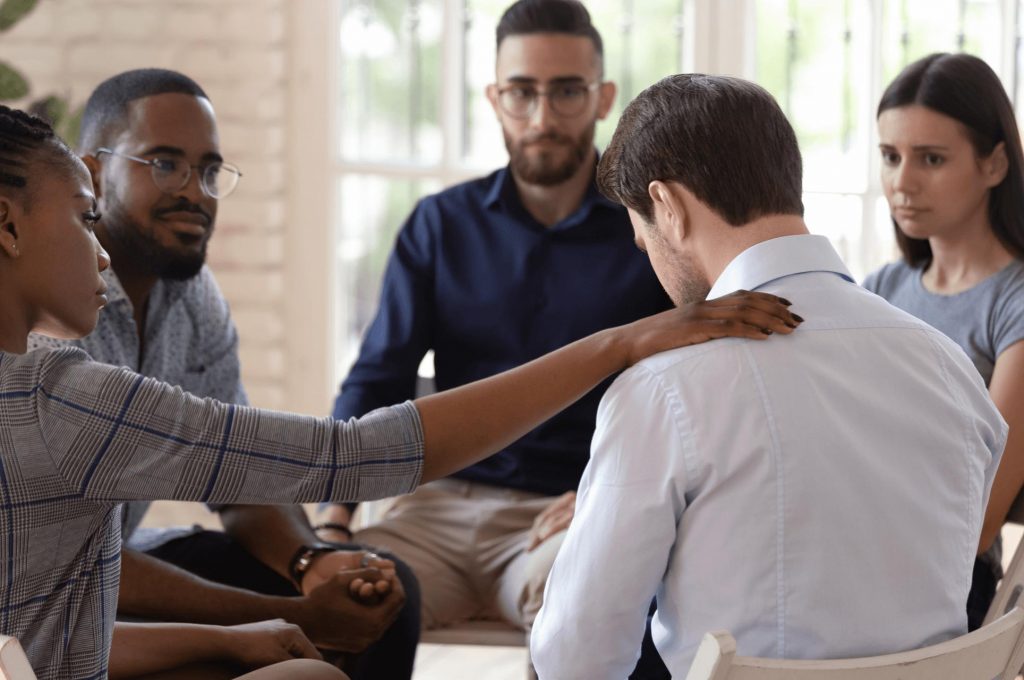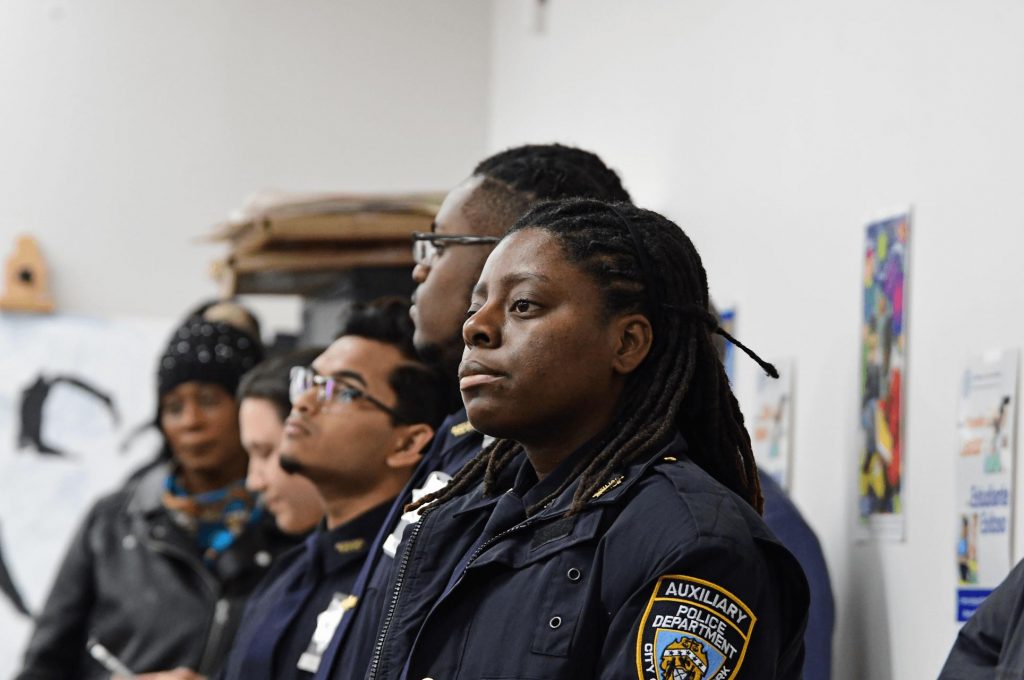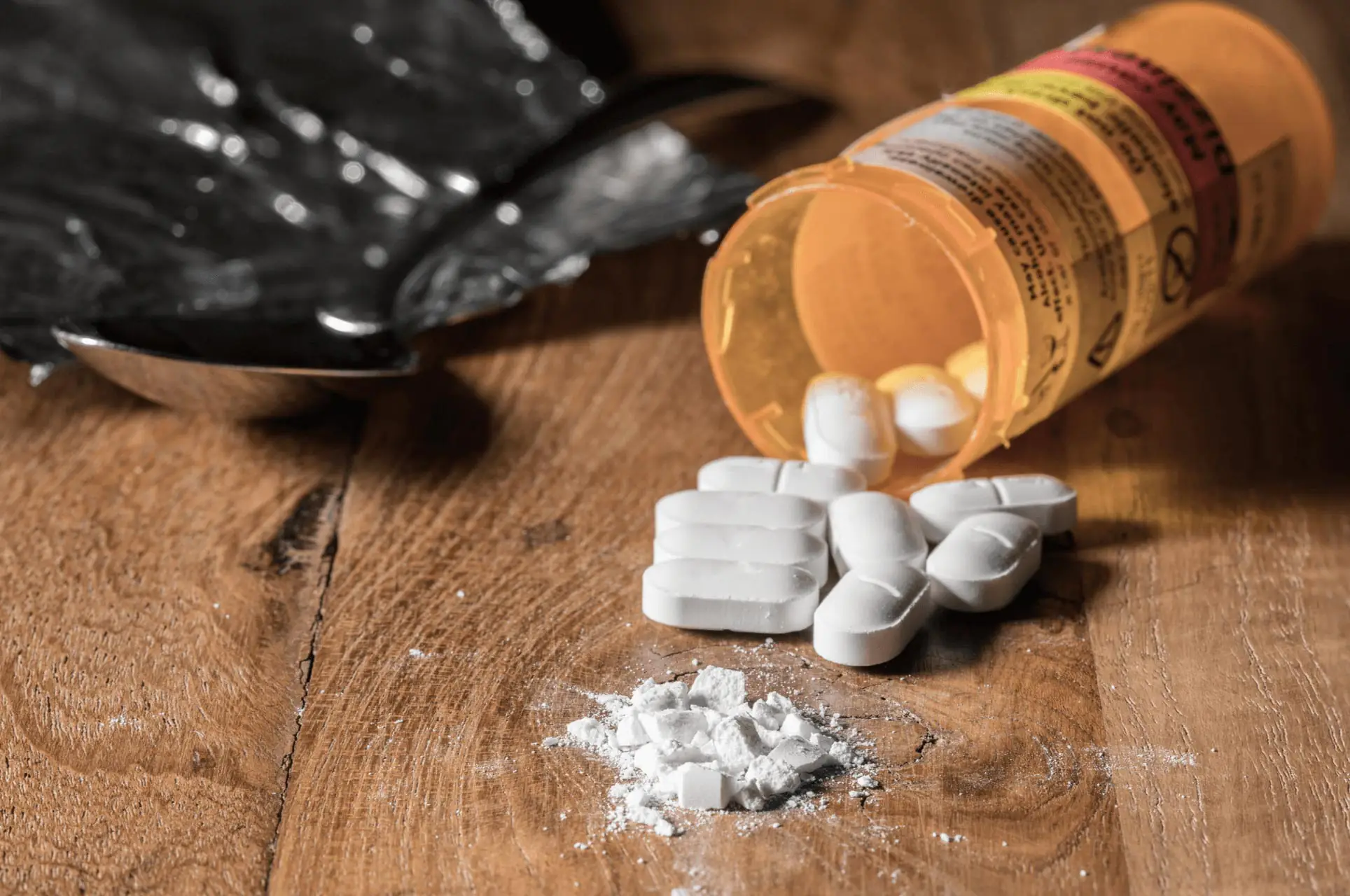Over 100,000 overdose deaths were recorded in 2021, a staggering rise from 2019’s record-breaking 71,000 overdose deaths. Substance abuse has been on the rise for years now, with the COVID-19 pandemic fueling an already grim situation into what experts called “a perfect storm.”
Accidental death from opiate overdoses has become a severe issue for people 25 – 64, as cases have quadrupled since 2011. Substance abuse became even more pressing in just ten years, pushing police officers into new terrain as the “usual approach” to drug enforcement has proved insufficient.
Still, not all hope is lost. Officers everywhere are rethinking tactics and working hand-in-hand with their communities to tackle an ever-growing problem. But before we take a look at new strategies being developed across the country by innovative law enforcement agencies, let’s review past actions and what they have taught us about policing.
Failed approaches to substance abuse
Starting in 1973, the “War on Drugs” rolled out tactics to create a federal drug task force and increase drug enforcement spending. In the long run, this led to a drastic increase in arrests for drug possession, from approximately 500,000 arrests in 1982 to around 1.5 million by 2007. Still, drugs remain, to this day, widely available and at low costs.
So what went wrong?
Increasingly permissive attitudes towards substance use among young people have increased demand. But we must also consider that seismic social changes have led many to believe drug use provides an easy way to deal with stressful situations, such as economic recessions or the ongoing global pandemic.
Besides this, aggressive federal policies have sometimes underplayed the role of communities in helping keep drug trafficking at bay. Closely knit communities provide much-needed support to police departments, keeping an eye out for their own and aiding those most in need.
New strategies for law enforcement

Refocusing police departments’ efforts away from arrests is not a minor change. It means developing new initiatives that rest on traditional tactics, like connecting substance abusers with treatment services, which has shown promise in decreasing drug use.
So, what are the new strategies police departments are looking into?
- Testing
In fatal cases, rapid substance testing can help officers determine what caused the overdose, given that mixing heroin with fentanyl or carfentanil is even deadlier. The police must then inform the public, local authorities, and addiction recovery specialists for everyone to stay more vigilant.
- Direct intervention
Police officers are usually the first responders, meaning they’ll likely have to assist overdose victims. If appropriately trained, officers will be able to administer medication in cases of nonfatal opioid overdoses and provide follow-up accompanied by health professionals who can offer help recovering.
- Educating the general public
The more aware people are of the risks of substances such as opioids, the better prepared they will be to avoid them and discourage use.
Communities with increasing success

Near Boston, the town of Arlington started noticing a rise in substance abuse when overdose cases went from 8 in 2013 to 34 in 2015. As a result, the Arlington Health and Human Services and police departments decided to change the approach in the spring of 2014.
“Naloxone Night,” named after the medication that reverses the effects of opioids, was their first-ever opiate-overdose prevention community event. Aimed at educating, the event provided an opportunity to rethink, revise and reshape police tactics. Since then, the plan has been clear:
- Educate families and individuals struggling with addiction
- Distribute Naloxone to individuals in need
- Provide services to those looking for help
As a result, the town of Arlington started achieving positive outcomes in the fight against overdoses.
The way forward is not an easy one, but it can’t—and shouldn’t—be avoided. Introducing innovative strategies to interventions can save lives and help decrease the number of fatal overdoses caused by opioids.
This article was brought to you by Kustom Signals, a leading provider of law enforcement speed enforcement and video solutions.

